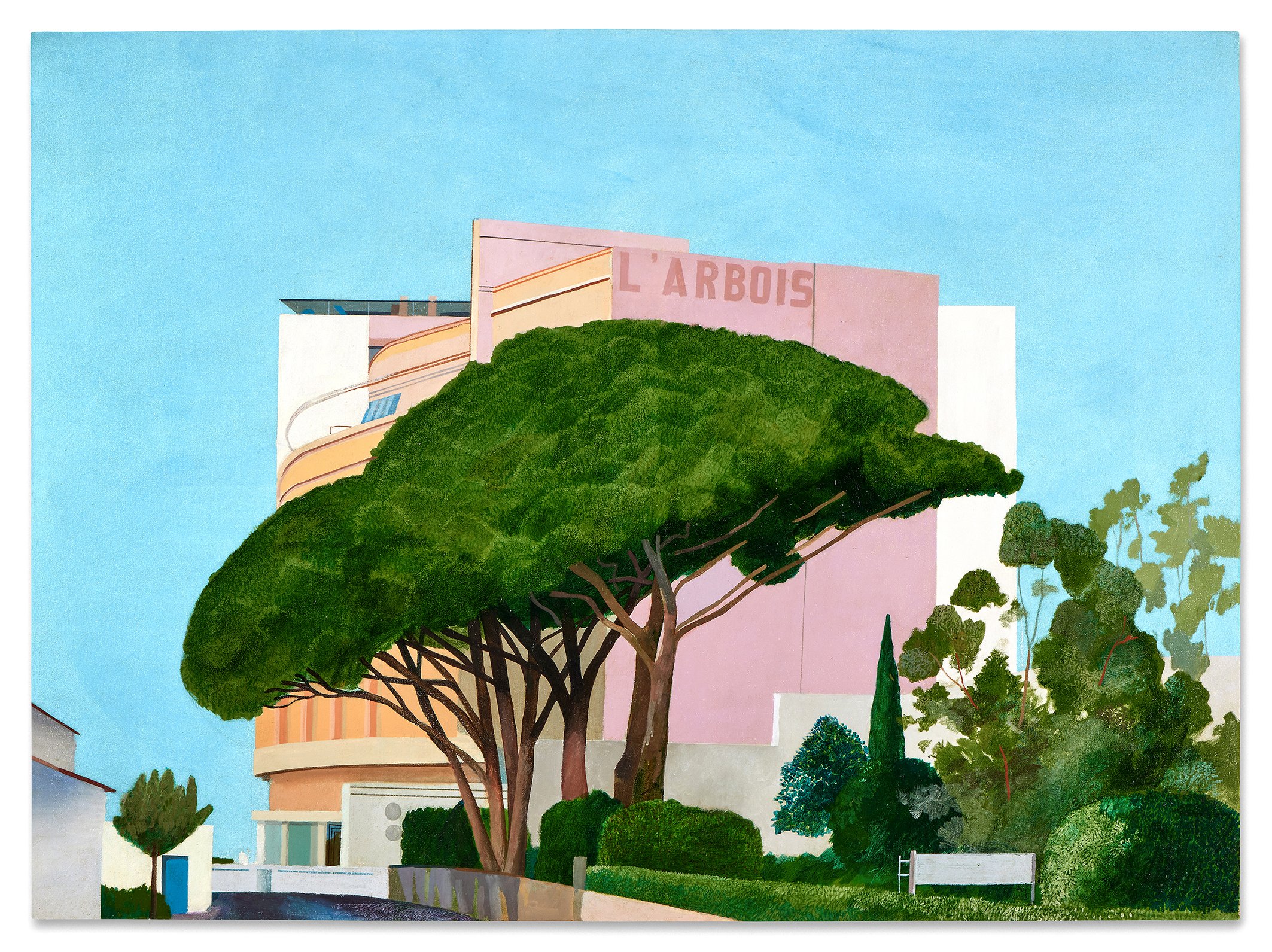
On Wednesday in London, Sotheby’s evening sale was not only smaller than Christie’s, but it was also substantially reduced from last year.
Offering just 22 lots estimated at £34 million to £47.5 million ($44.4 million to $62 million), the house brought in £37.6 million ($49.2 million). In contrast, last October’s 42 lots at the same event made £45.7 million; that included “The Now” sale, which appears to have been disbanded. (Sales prices include the buyer’s premium, estimates do not.)
The pressure of putting together major June sales in London (which Christie’s largely chose to sidestep) was no doubt one factor for the weaker result, along with the competition for supply (and collectors’ attention) from market events in Paris, Hong Kong, and New York.
The limited number of guarantees could be a sign of Sotheby’s pulling in the reins. There were just six, for a combined low estimate of £13.6 million ($17.7 million)—one-third of the sale’s value, compared to almost three-quarters at Christie’s on Wednesday.
Instead of opening with a rising young star, which is the usual practice, Sotheby’s went with a member of the older generation, Austrian painter Martha Jungwirth, who is being reassessed in her mid-80s. Her abstract Big Chinese (2020), had her highest estimate yet, £150,000-£200,000 ($196,000–$261,000) and attracted multiple bidders before selling over the phone for £240,000 ($313,000), just short of her record.
Leading the field was David Hockney’s view of a hotel in the French Riviera, L’Arbois, Sainte-Maxime (1968), which was last up or sale in 2011, when it was bought for a client by London dealer Alan Hobart for £1.3 million. Now estimated at £7 million–£10 million ($9.1 million–$13 million) with a third-party guarantee, it attracted several phone bidders before selling to the one with the house’s U.K. chairman, Harry Dalmeny, for £13.1 million ($17.2 million). A very healthy return.
Andy Warhol’s 1963–64 went unsold on a low estimate of £3 million ($3.92 million).
An early photo booth–based self-portrait by Andy Warhol, from 1962–63, had no such luck. Consigned by Peter Brant with an estimate of £3 million–£4 million ($3.91 million–$5.22 million), it was not guaranteed, and it was bought-in at £2.8 million ($3.65 million).
A late Willem de Kooning ribbon painting fared better, selling to a phone bidder for a below-estimate £2.9 million ($3.8 million). It had been purchased in 2005 for $1 million (£536,651).
An untitled Christopher Wool abstraction from 2009 managed a within-estimate £2.7 million ($3.52 million), after a winning bid from Gagosian’s Stefan Ratibor.
British art was, as ever in the London sales, a strong component. Following the Hockney was a pulsating Bridget Riley stripe painting from 1989, Gaillard 2, with a £1.5 million-£2 million estimate ($1.96 million-$2.61 million). It was bought in New York in 1999 for $46,000 by London dealer Robert Sandelson, who sold it on to last night’s seller for “not very much more,” he said. That bidder, from Asia, paid £1.8 million ($2.4 million).
Hobart was also the conduit for another British artwork in the auction, Lucian Freud’s early painting Child with a Toy Dog (1956–58). Last for sale in 2006, when Hobart bought it for £456,000, it sold to art advisor Emily Tsingou within estimate for £1.9 million ($2.5 million). Tsingou’s client left the room immediately afterward.
Another British artwork getting a bump in value was Barbara Hepworth’s 1955 wood carving Reclining Figure II, which sold to its guarantor for £1.2 million ($1.57 million)—that was below its estimate, but a healthy increase on the £162,000 it made in a Modern British sale in 2003.
However, a silver steel disc by Anish Kapoor, Untitled (2006), acquired in 2013 for $1.1 million only returned £336,000 ($439,000).
By the end of the sale, only 10 lots had sold at or above their estimates. One came with a surprise bid toward the end of the night, when Manjari Sihare-Sutin, co-worldwide head of Modern and contemporary South Asian Art in New York, bought Anselm Kiefer’s three-part canvas Der Morgenthau Plan (2014) for an above-estimate £1.02 million ($1.33 million).
Another breakout sale, at a double-estimate £780,000 ($1.02 million) was for Banksy’s Vest (2019), a stab-proof top the artist made for the rapper Stormzy that sports a Union Jack—perhaps a token signifying the resilience of the British market.